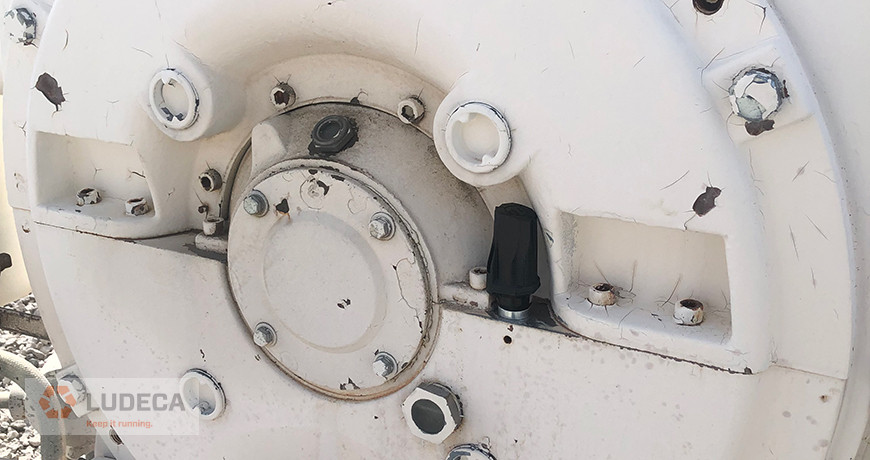
- Accuracy: Choose sensors with high accuracy levels for reliable measurements. The Kappa X ensures remote monitoring with data acquisition every minute.
- Frequency Range: Ensure the sensors cover the required frequency range. Kappa X offers up to 10kHz Fmax and 6400 Lines of Resolution (LOR) for a comprehensive vibration spectrum view.
- Battery Life: Opt for sensors with long-lasting batteries. The Kappa X has a 5-year user-replaceable battery life.
- Wireless Range: Check the range and connectivity options. The Kappa X provides a 1,000 feet line-of-sight working distance from sensor to gateway.
- Data Storage and Transfer: Evaluate storage capacity and data transfer methods. The Kappa X communicates wirelessly through various gateways, storing data locally and sending it to the cloud based Analytix software.
- Durability: Look for sensors designed to withstand harsh environments. The Kappa X is rated IP69K, providing protection against dust, high temperature, and high-pressure water.
- Compatibility: Ensure compatibility with existing systems or software. The Kappa X data can be viewed on any device, integrated with routine monitoring efforts, and exported to PLC/DSC via MODBUS.
- Cost and Scalability: Consider the cost and potential for future expansion. The Kappa X offers easy installation, no wiring required, and the ability to monitor hard-to-reach areas for comprehensive coverage.
By considering these factors, you can make an informed decision when purchasing wireless vibration sensors that align with your monitoring goals, providing accurate and reliable data for proactive maintenance and equipment optimization.
Wireless Vibration Monitoring: How to benefit from an IoT Solution at your facility
Filed under:
Vibration Analysis by Alex Nino CRL
